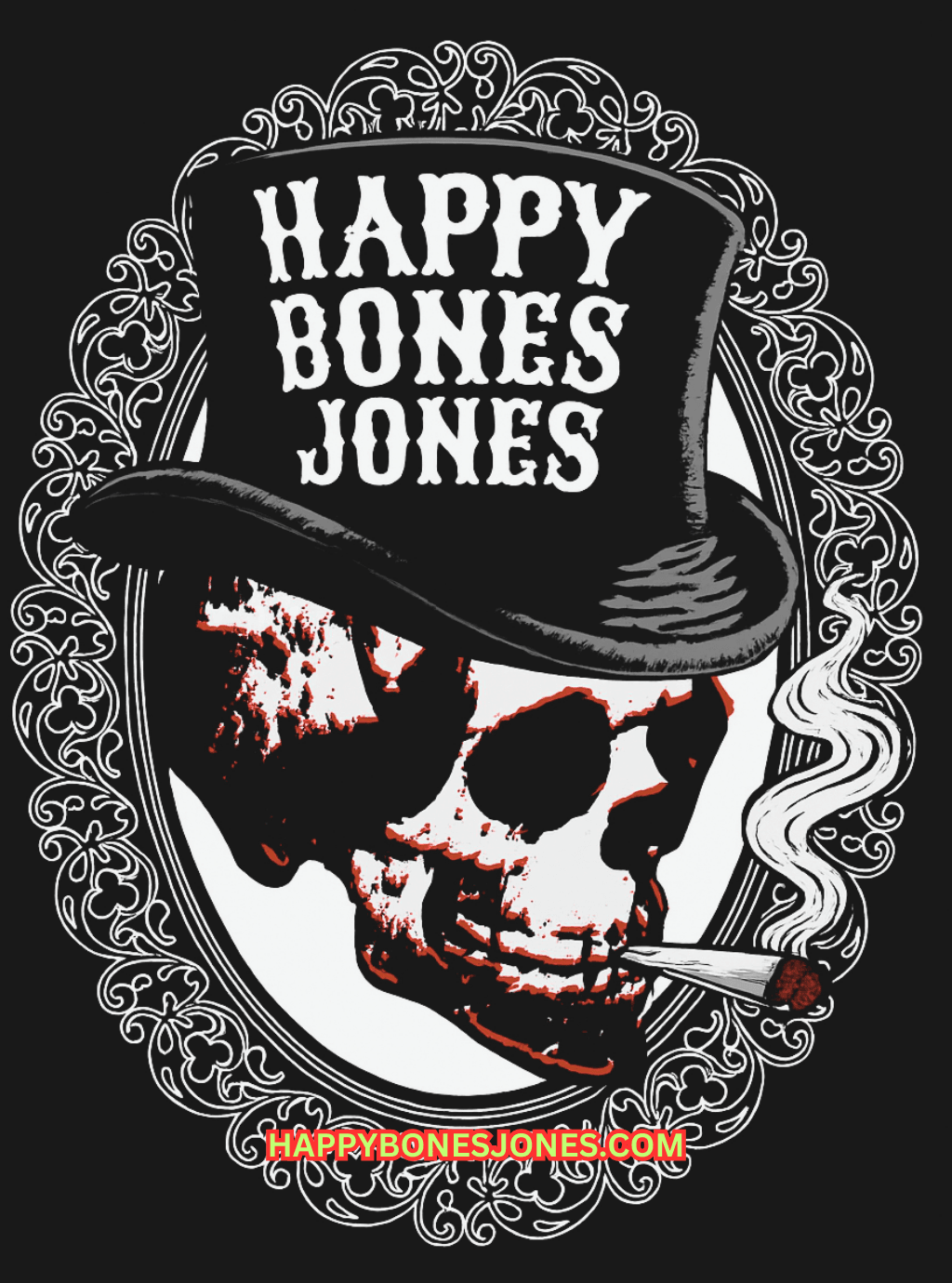The History of Comedy Clubs: From Vaudeville to Today
The Birth of Comedy Clubs: Vaudeville Era
Comedy clubs, as we know them today, have a rich and diverse history that dates back to the early 20th century. The origins can be traced to the vaudeville era, a theatrical genre that was immensely popular in the United States from the 1880s to the 1930s. Vaudeville was a variety show that featured a mix of specialty acts such as burlesque comedy, song-and-dance routines, and magic acts.
During this period, comedians were a staple of vaudeville shows. They performed short, snappy routines that often relied on physical humor and slapstick. Vaudeville provided a platform for many legendary comedians like Charlie Chaplin and Buster Keaton to hone their craft.
Vaudeville's decline began in the 1930s with the rise of cinema and radio, but its influence on modern comedy clubs is undeniable. The format of having multiple acts in a single show laid the groundwork for the comedy club experience we enjoy today.

The Golden Age of Stand-Up: 1950s to 1970s
The 1950s to 1970s is often referred to as the Golden Age of Stand-Up Comedy. During this time, comedy clubs began to emerge as dedicated venues for stand-up comedians. The rise of television also played a significant role in popularizing stand-up comedy, with shows like "The Ed Sullivan Show" and "The Tonight Show" featuring stand-up acts regularly.
Comedy clubs like The Improv, which opened in New York City in 1963, became the breeding grounds for future stars. Comedians such as Richard Pryor, George Carlin, and Joan Rivers got their start performing in these clubs. These venues provided a space where comedians could experiment with new material and connect directly with their audience.
The 1960s and 1970s also saw the rise of counterculture comedy, with comedians addressing social and political issues in their routines. This era was marked by a shift from the clean, family-friendly humor of the past to more edgy and provocative content.

The Comedy Boom: 1980s
The 1980s witnessed an explosion in the popularity of comedy clubs, often referred to as the Comedy Boom. During this decade, hundreds of comedy clubs opened across the United States. This period was characterized by a high demand for stand-up comedy, fueled by the success of cable television networks like HBO, which aired comedy specials and stand-up shows.
Comedians like Eddie Murphy, Robin Williams, and Jerry Seinfeld became household names during this time. The comedy club circuit became a crucial stepping stone for aspiring comedians, offering them a chance to gain exposure and build their careers.
However, the rapid expansion of comedy clubs also led to an oversaturation of the market. By the late 1980s and early 1990s, many clubs faced financial difficulties and were forced to close. Despite this, the legacy of the Comedy Boom era continues to influence the comedy scene today.

The Modern Era: 1990s to Today
In the 1990s and 2000s, the comedy club scene underwent significant changes. The rise of the internet and social media transformed how comedians reached their audience. Platforms like YouTube and Twitter allowed comedians to share their content directly with fans, bypassing traditional comedy clubs.
Despite these changes, comedy clubs remain an essential part of the comedy ecosystem. They provide a space for comedians to perform live and interact with their audience in real-time. Many modern comedy clubs have adapted to the digital age by streaming shows online and using social media to promote their events.
Today, comedy clubs continue to thrive, with new venues opening around the world. The global reach of stand-up comedy has expanded, with comedians from diverse backgrounds bringing their unique perspectives to the stage. The evolution of comedy clubs reflects the ever-changing landscape of entertainment, but their core purpose remains the same: to make people laugh.

The Future of Comedy Clubs
As we look to the future, comedy clubs are likely to continue evolving. Virtual reality and augmented reality technologies may offer new ways for audiences to experience live comedy. Additionally, the ongoing impact of the COVID-19 pandemic has accelerated the adoption of online shows and virtual performances.
Despite these technological advancements, the essence of comedy clubs—the connection between comedian and audience—will always be at the heart of the experience. Whether in a traditional club setting or through a screen, the joy of shared laughter remains a timeless and universal human experience.
The history of comedy clubs is a testament to the enduring power of humor. From the vaudeville stages of the early 20th century to the digital platforms of today, comedy clubs have played a crucial role in shaping the comedic landscape. As we continue to navigate the complexities of modern life, the need for laughter and the spaces that provide it will undoubtedly persist.
